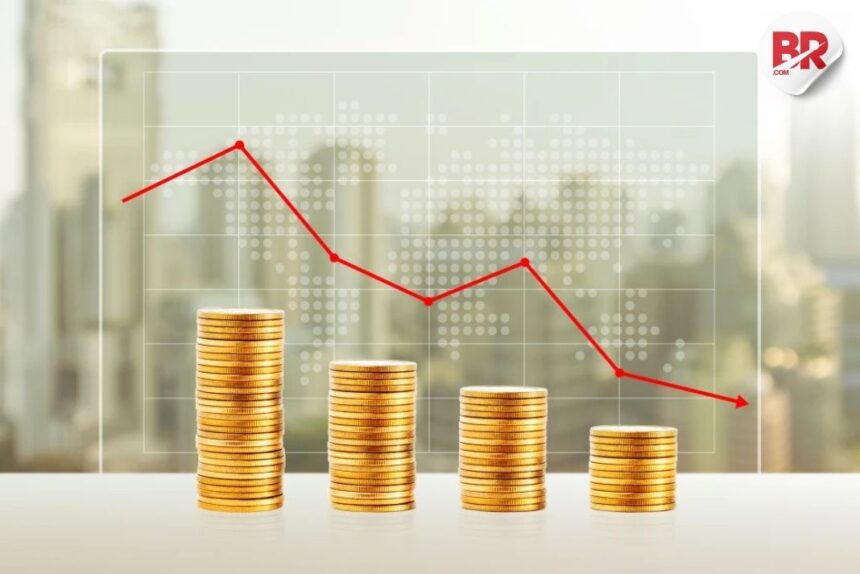Imagine waking up one morning, heading to your favorite store, and noticing your go-to gadgets, sneakers, or even your dream car suddenly cost way more. No, it’s not a glitch. It’s the ripple effect of former President Donald Trump’s trade tariffs—policies that were meant to protect American jobs but are now shaking the economy at its core.
It started as a bold move: slap taxes on imported goods to boost American industries. The idea? Make foreign products more expensive, so people buy American. Sounds simple. But in reality, this strategy has turned into a giant economic headache for businesses and consumers alike.
Prices Are Climbing—And You’re Paying
Tariffs might sound like something only economists talk about, but they hit where it hurts most: your wallet.
Want a new phone, a laptop, or even household appliances? Be prepared to pay more. Those items often rely on parts made overseas. When tariffs raise the cost of those parts, companies pass that cost on to—you guessed it—us, the customers.
Even locally made items can get pricier. Why? Because many American factories use international materials. If those materials now cost more, so does the final product.
Factories Are Feeling the Pressure
It’s not just shoppers feeling the squeeze. Businesses are struggling, too. Many U.S. manufacturers depend on global supply chains. When those chains get hit with tariffs, it causes delays and higher costs. Some companies even have to slow down or shut down production, putting jobs at risk.
Also Read: Trump’s Tariffs Ignite Global Trade War—Was It Worth It?
The Stock Market Hates Drama
Investors crave stability. Trade wars bring the opposite. Every new tariff announcement sends markets into a tailspin. Businesses get nervous. Plans to grow, hire, or invest go on hold. When confidence fades, the economy slows down—and that’s dangerous.
Is a Recession on the Horizon?
Here’s the scary part: if prices stay high and people start spending less, the economy could shrink. And if it shrinks too much? That’s how recessions begin.
Economists warn that the longer tariffs last, the higher the risk of the U.S. falling into a full-blown recession. It’s like walking on thin ice—you never know when it’ll crack.
It’s Not Just America
What’s happening in the U.S. doesn’t stay in the U.S. The global economy is deeply connected. When one big player stumbles, others feel it too.
Countries like China, Canada, and members of the EU are fighting back with their own tariffs. This back-and-forth creates a chain reaction, where more trade barriers pop up and global growth slows down. The World Trade Organization has already warned that rising tensions are hurting economies worldwide.
Developing countries are getting hit hardest. Many rely on exports to the U.S. for jobs and income. As trade slows, their economies feel the blow.
Also Read: Eggs, Milk, and iPhones—Why Everything Suddenly Costs More
So… What’s the Plan?
Here’s the biggest problem: no one really knows what the end goal is.
Critics say these tariffs seem more about showing strength than solving real problems. There’s no clear roadmap to fix trade issues—or to end the tariffs. Businesses, consumers, and global partners are left in the dark, hoping for a solution that never comes.
What Comes Next?
Right now, we’re at a crossroads. If tariffs continue, prices will keep rising. People will spend less. Companies will hold back. And the risk of recession grows bigger.
The big question remains: Are these tariffs really helping American workers—or are they setting the stage for an economic disaster?
Also Read: Turn a Recession into Your Big Break: Smart Moves to Thrive in Tough Times




